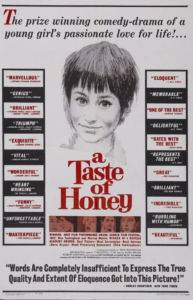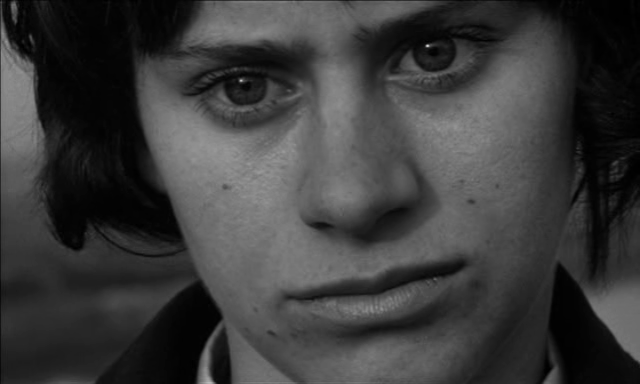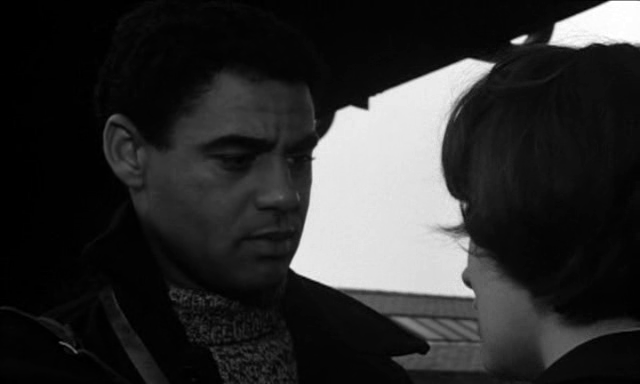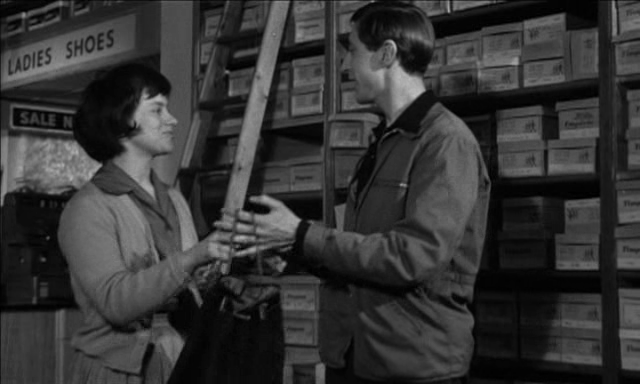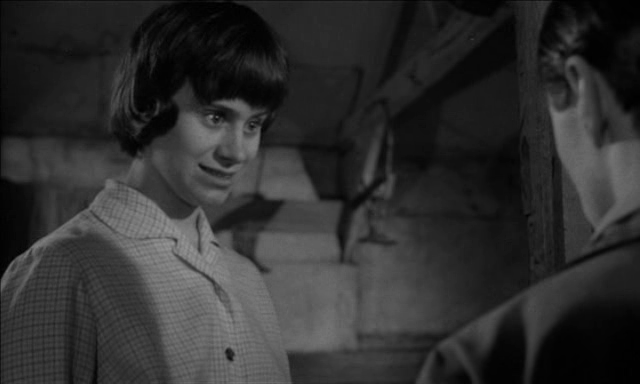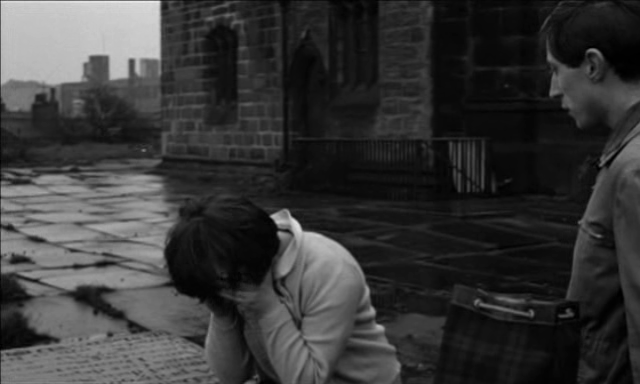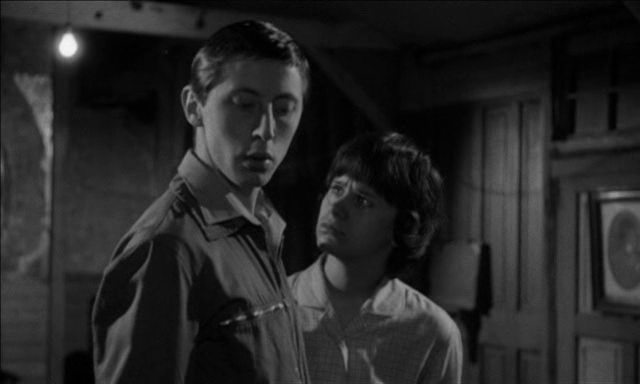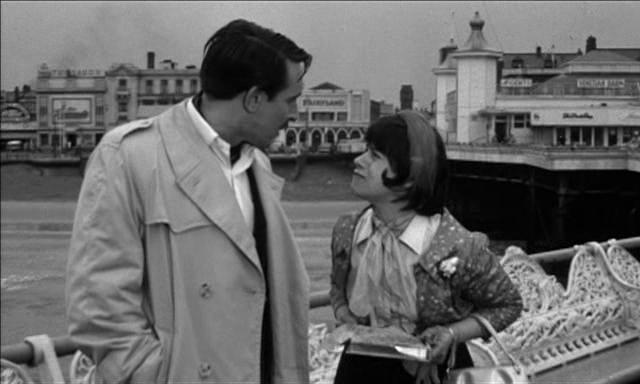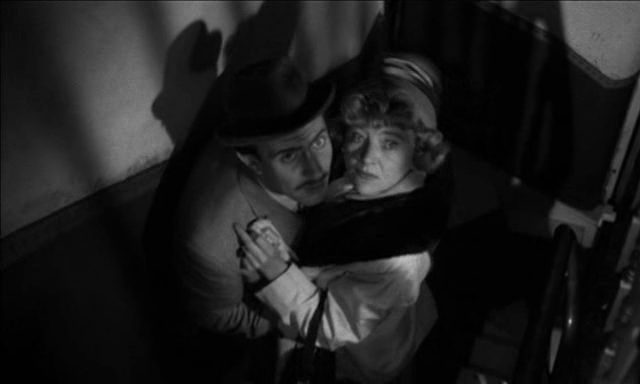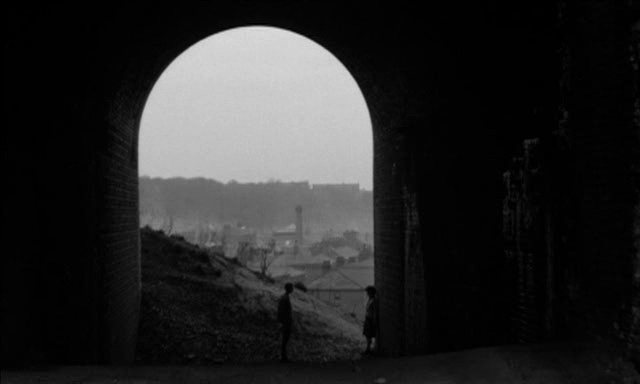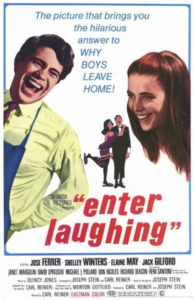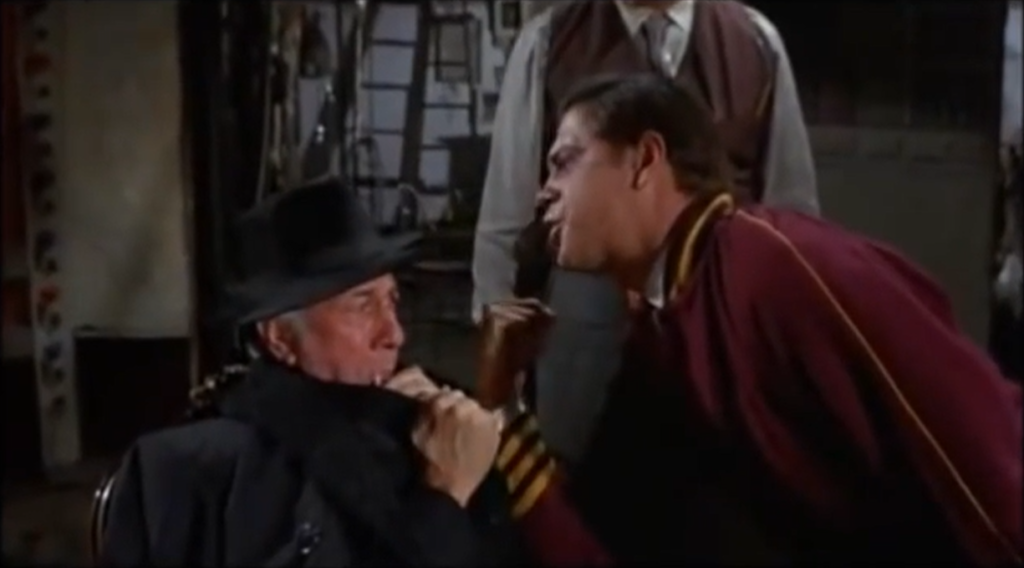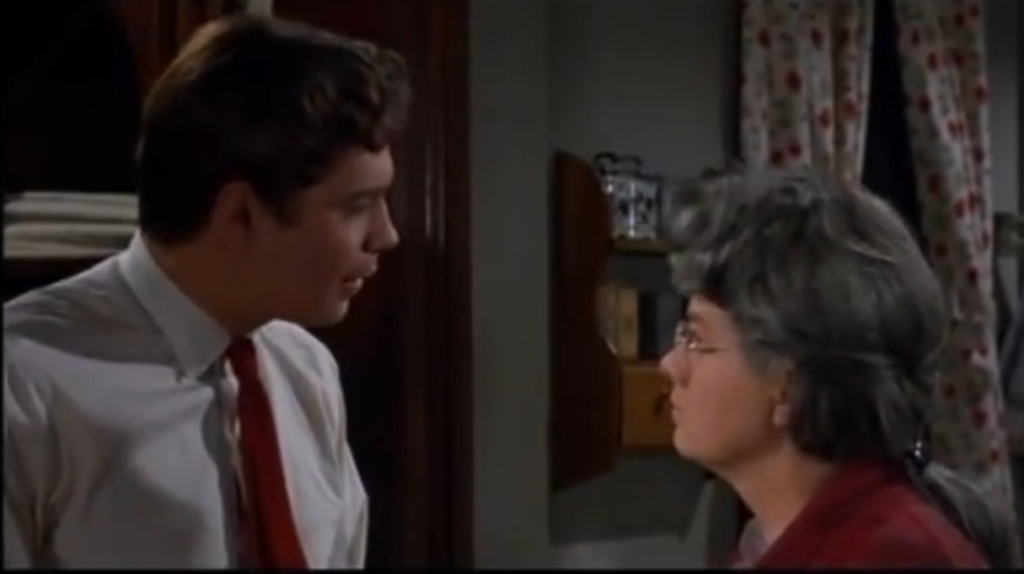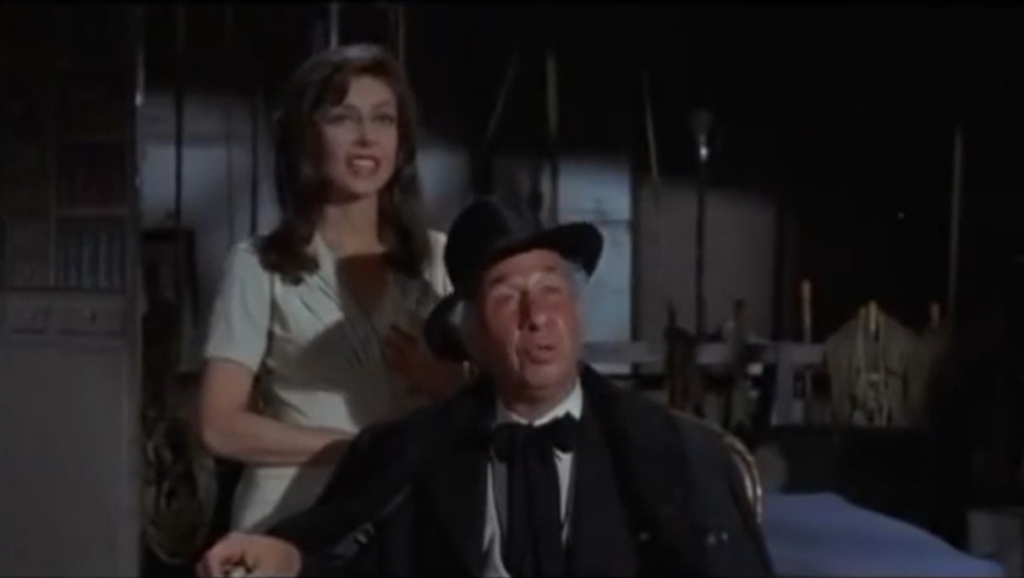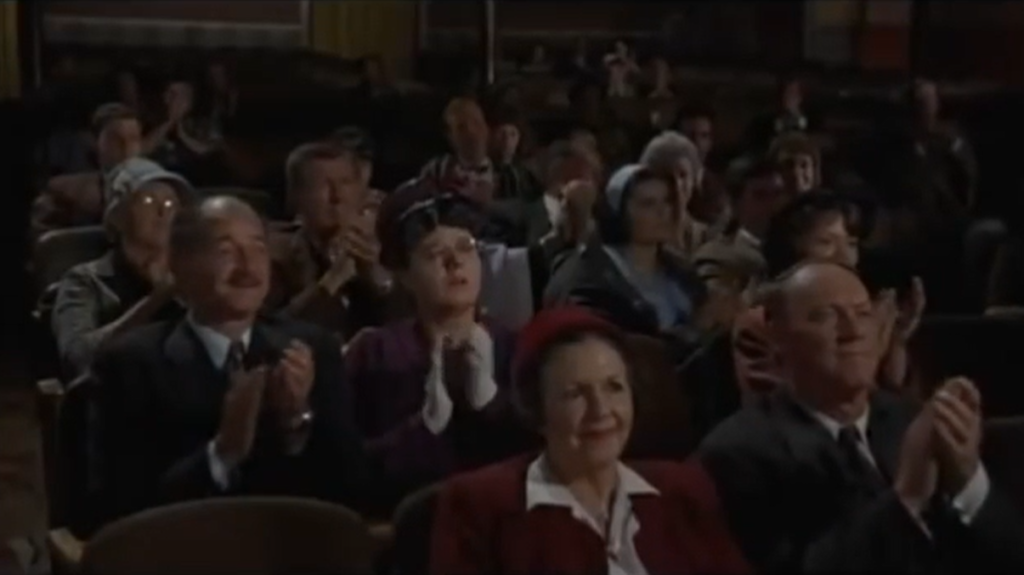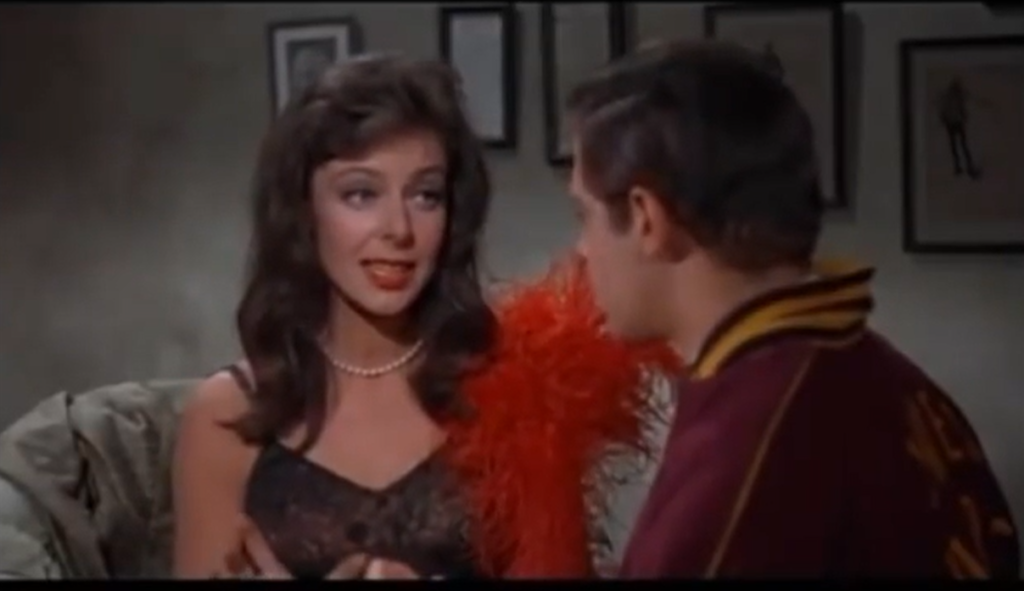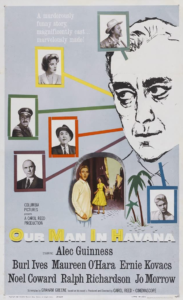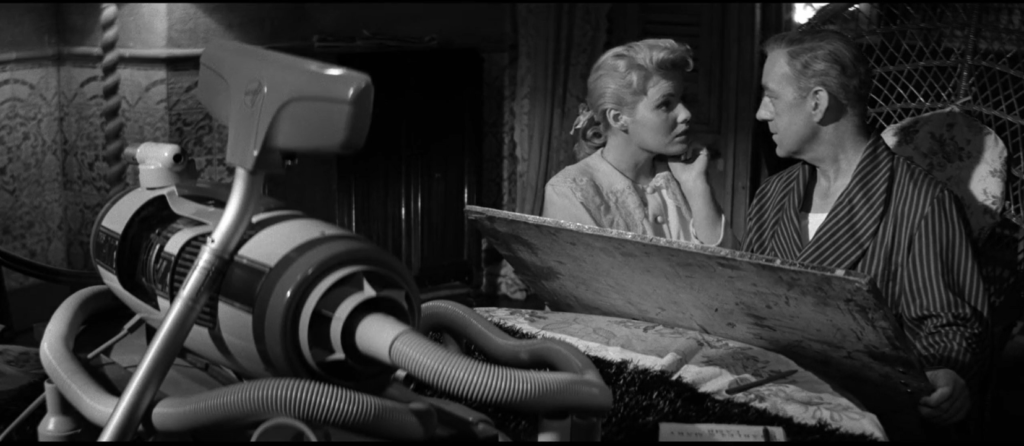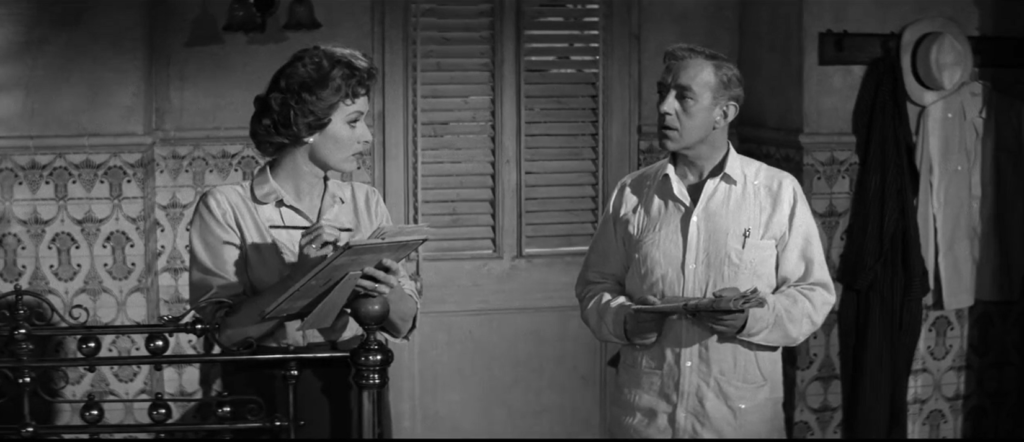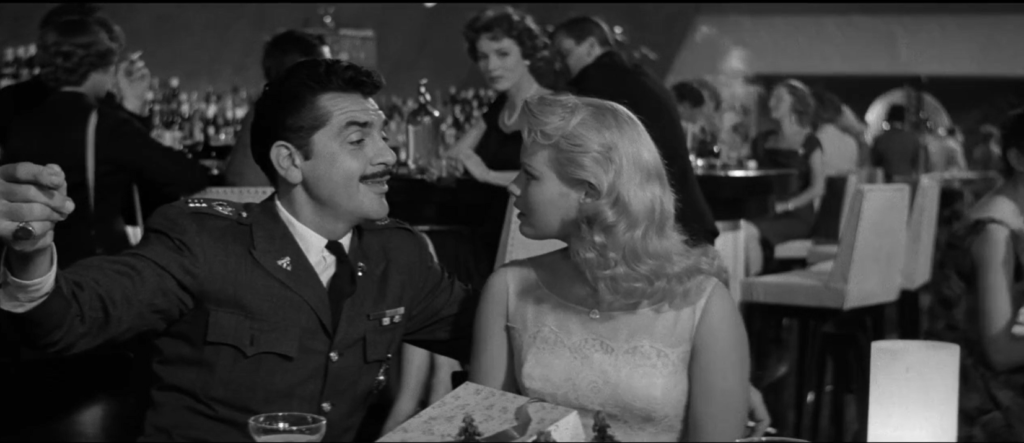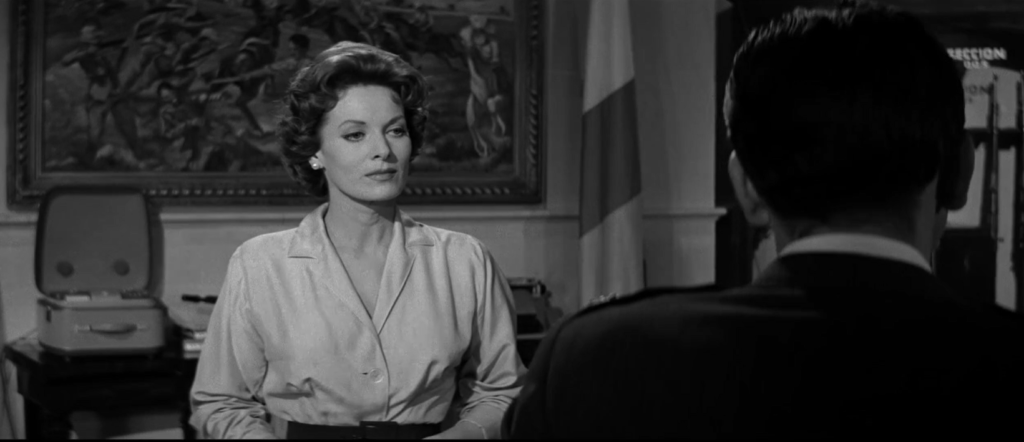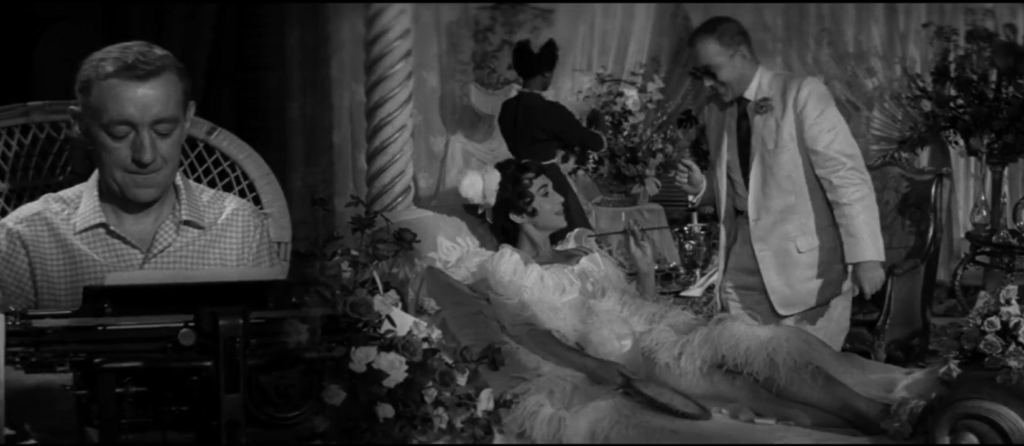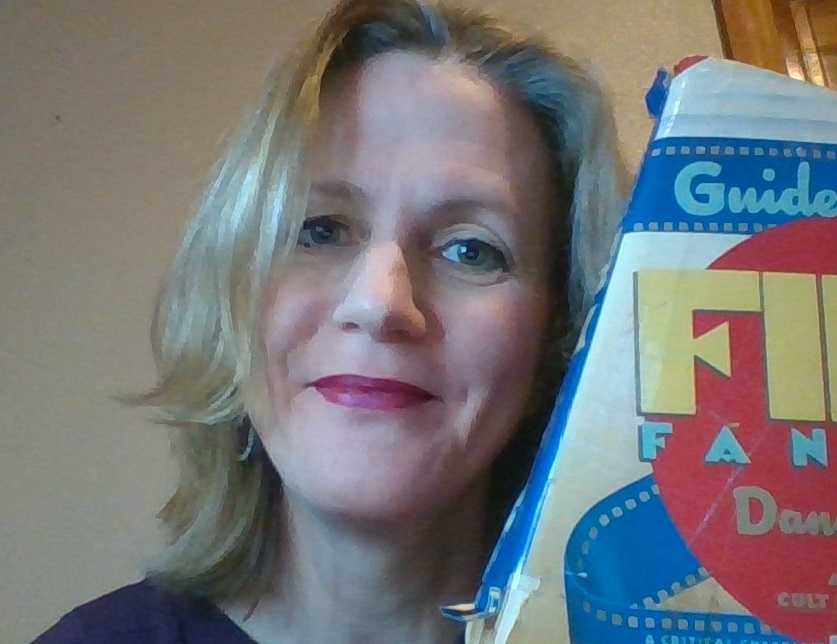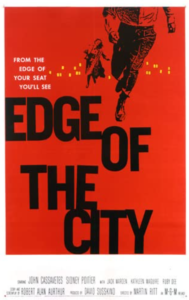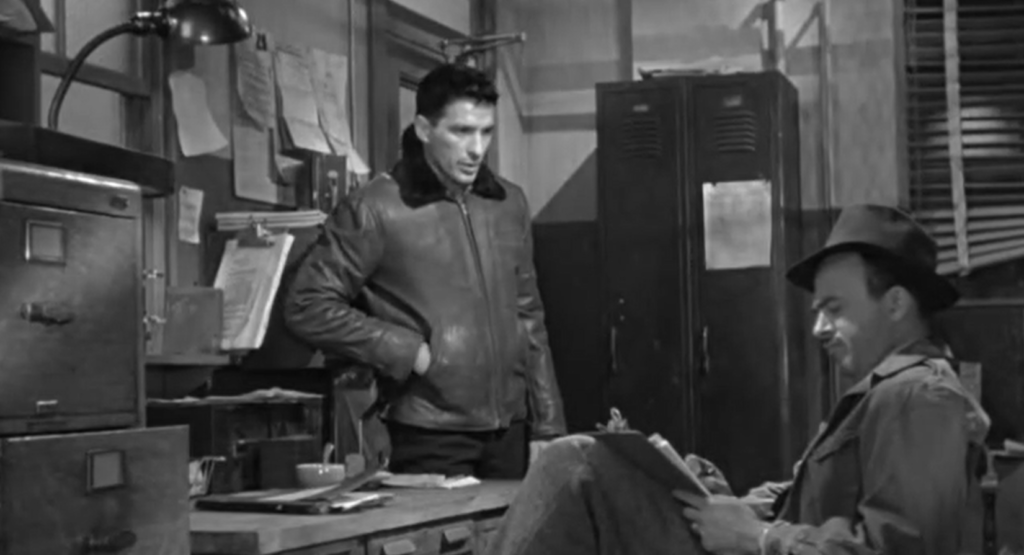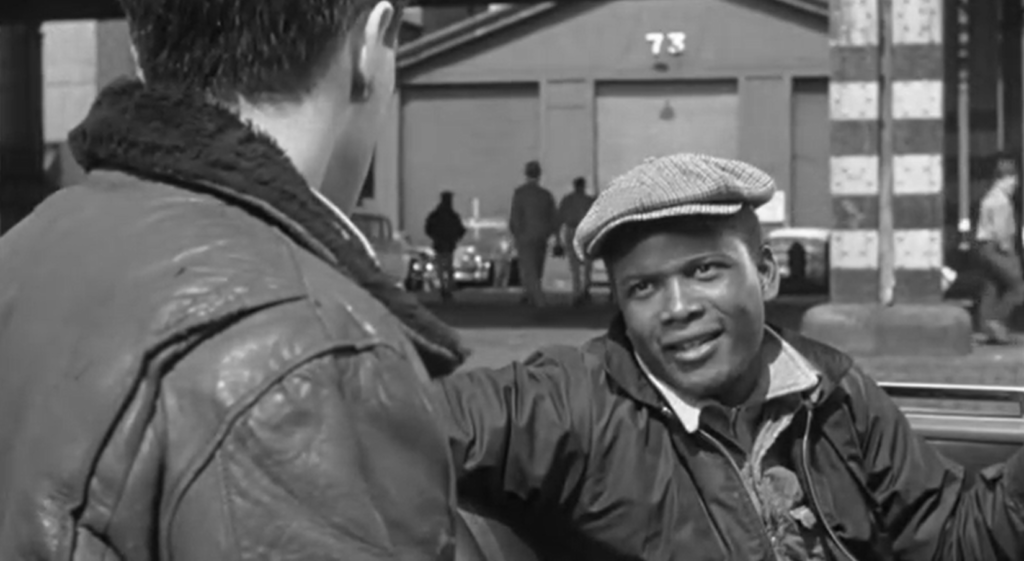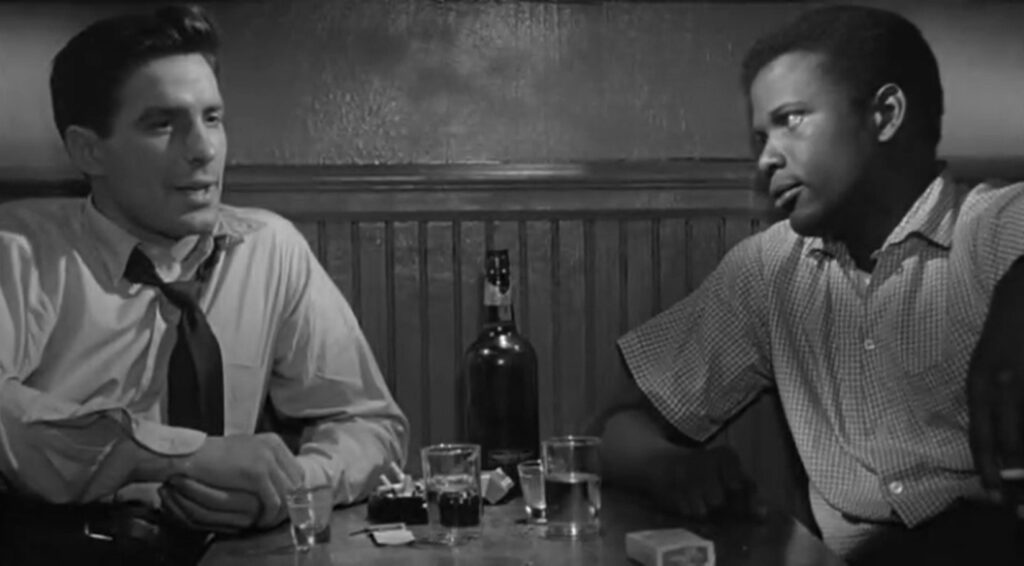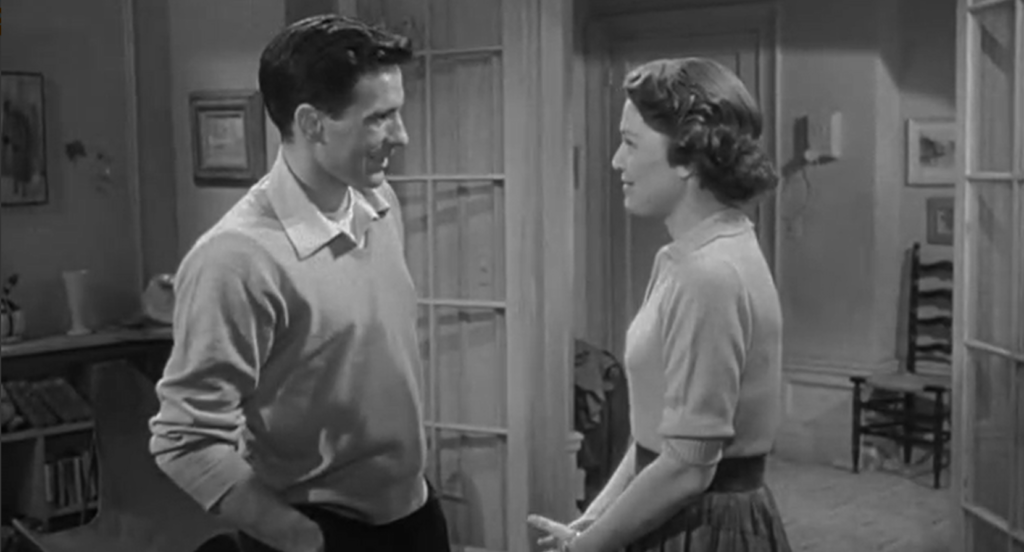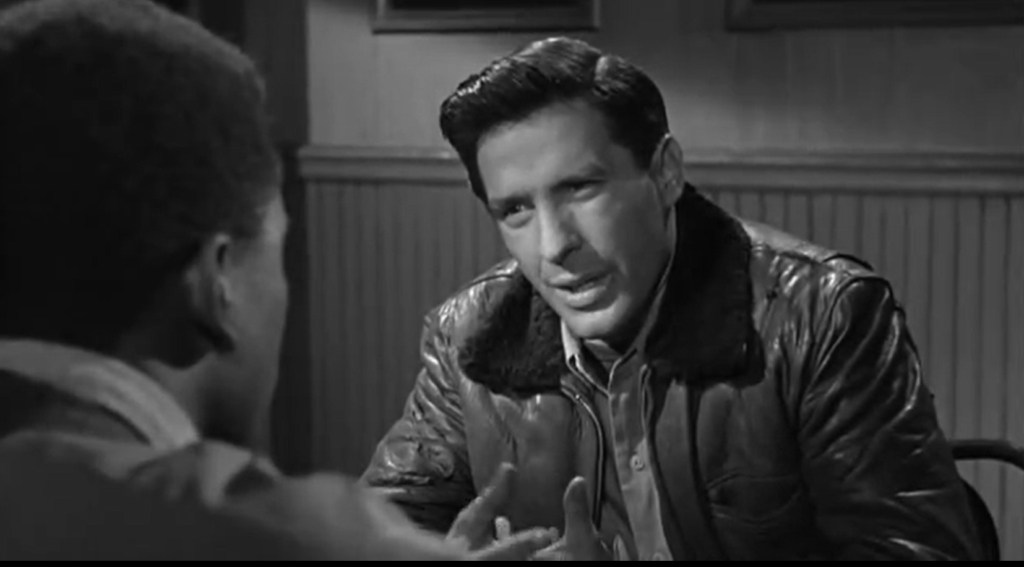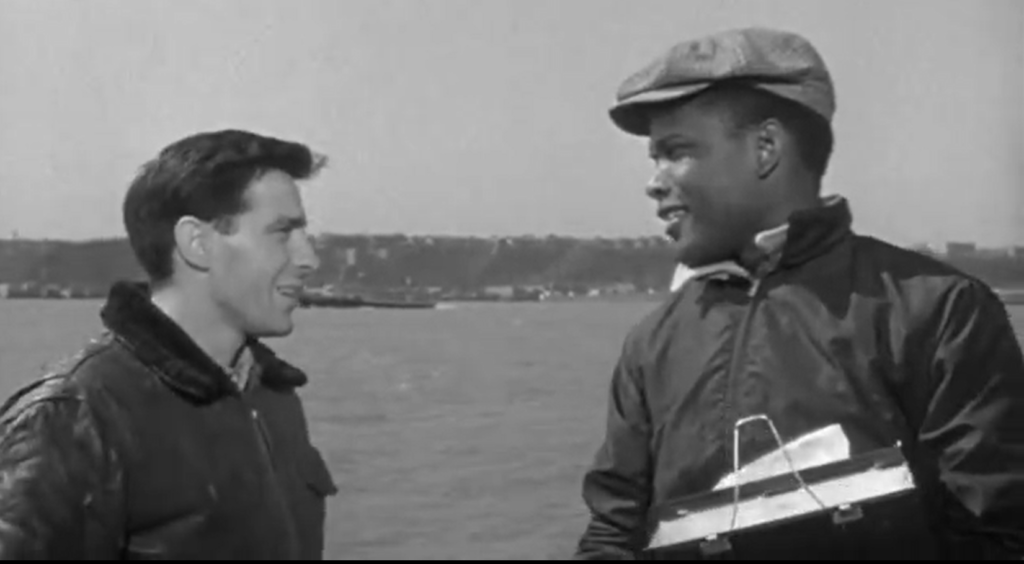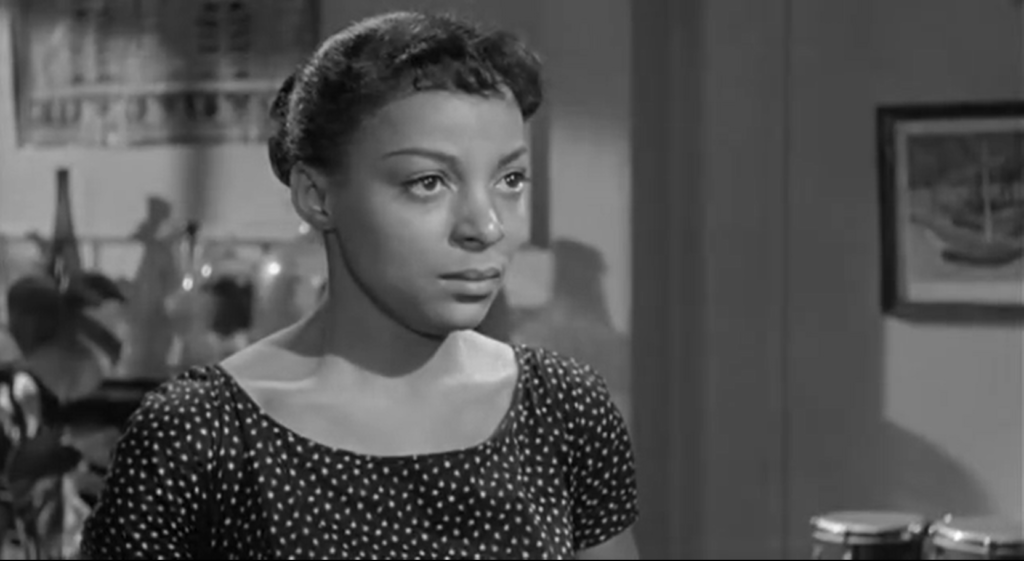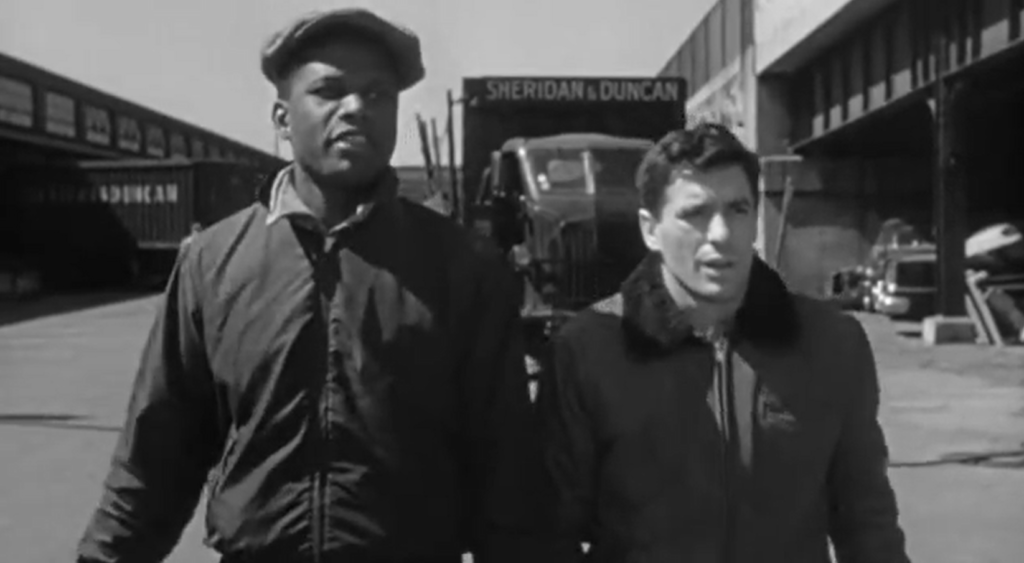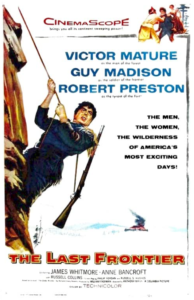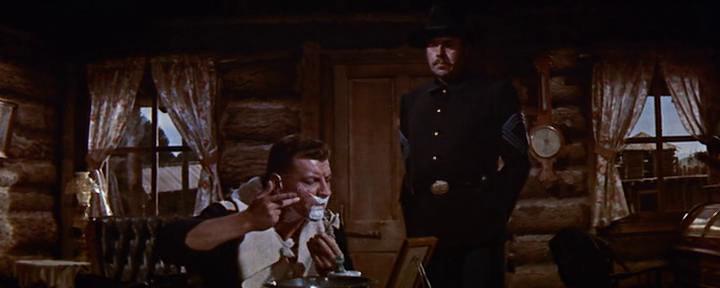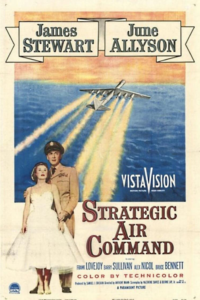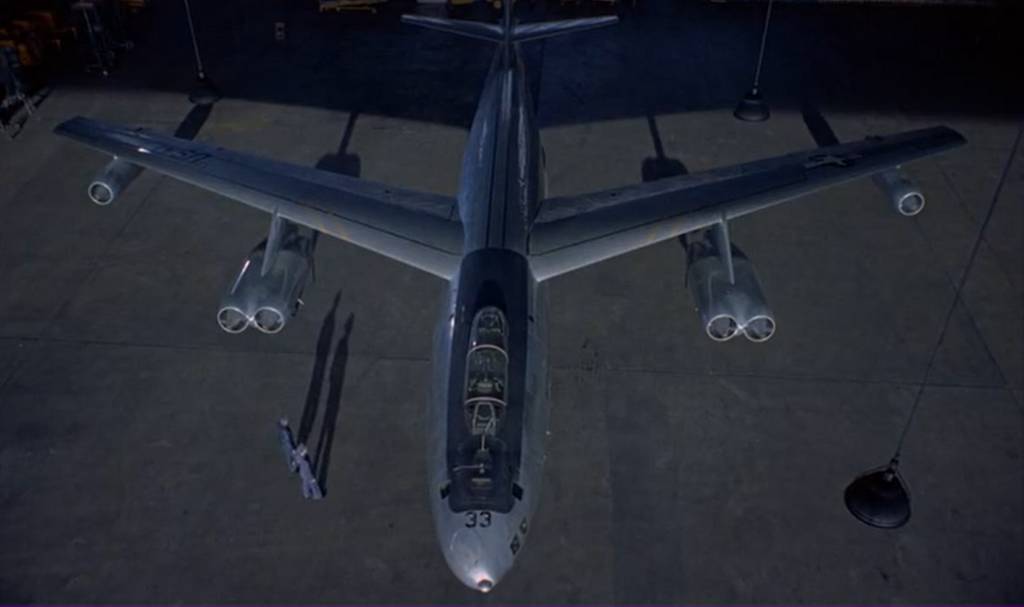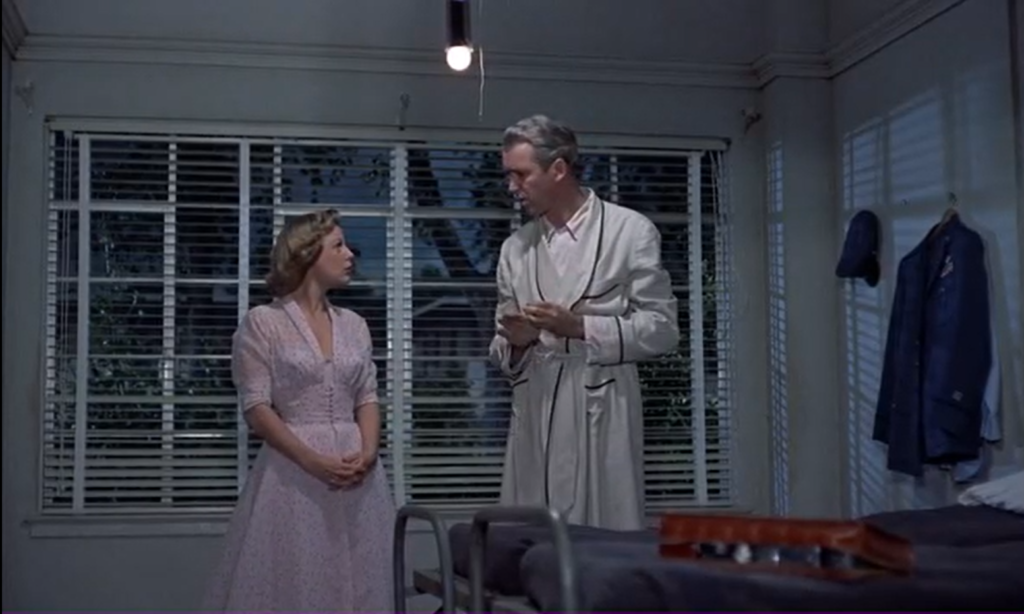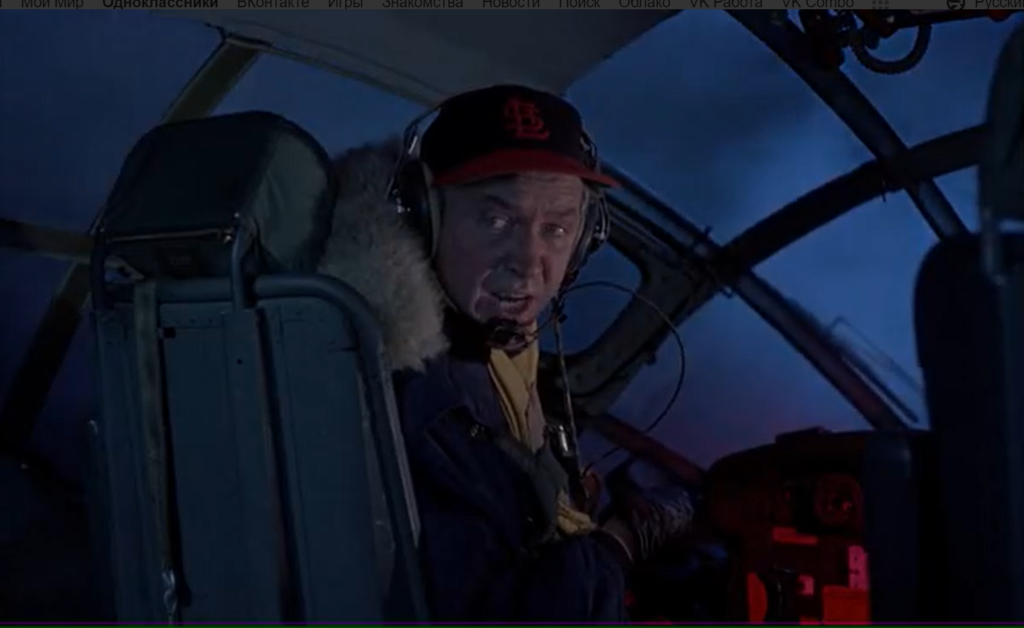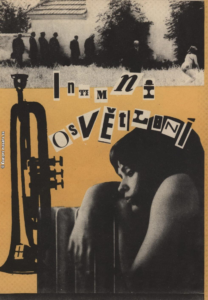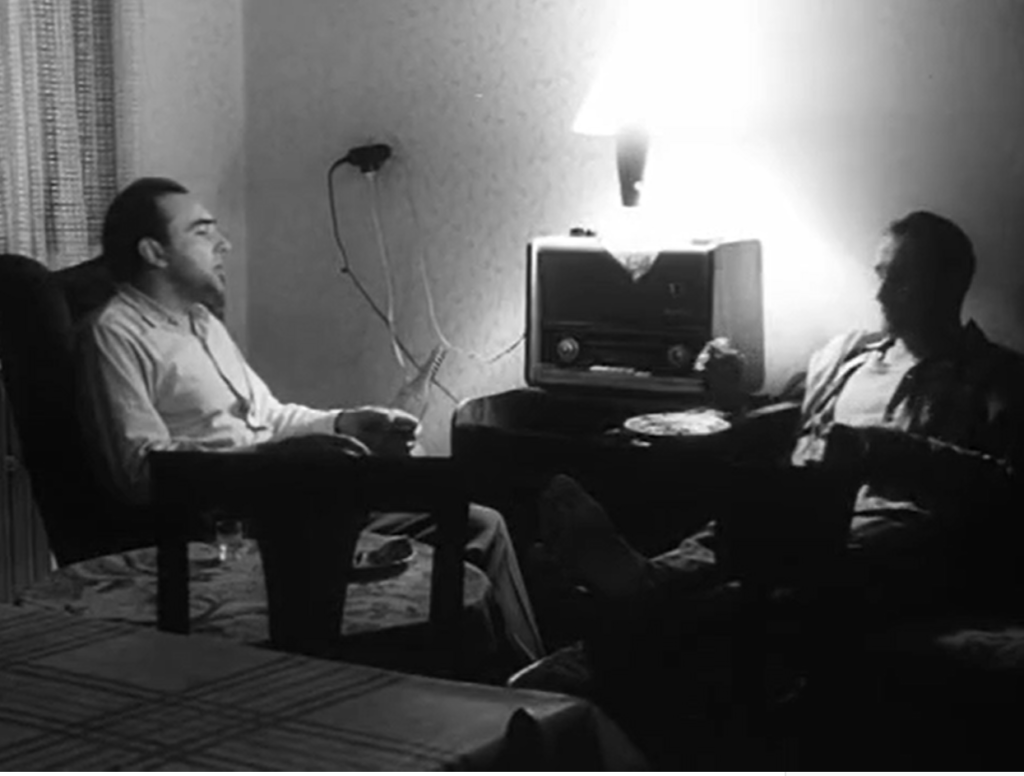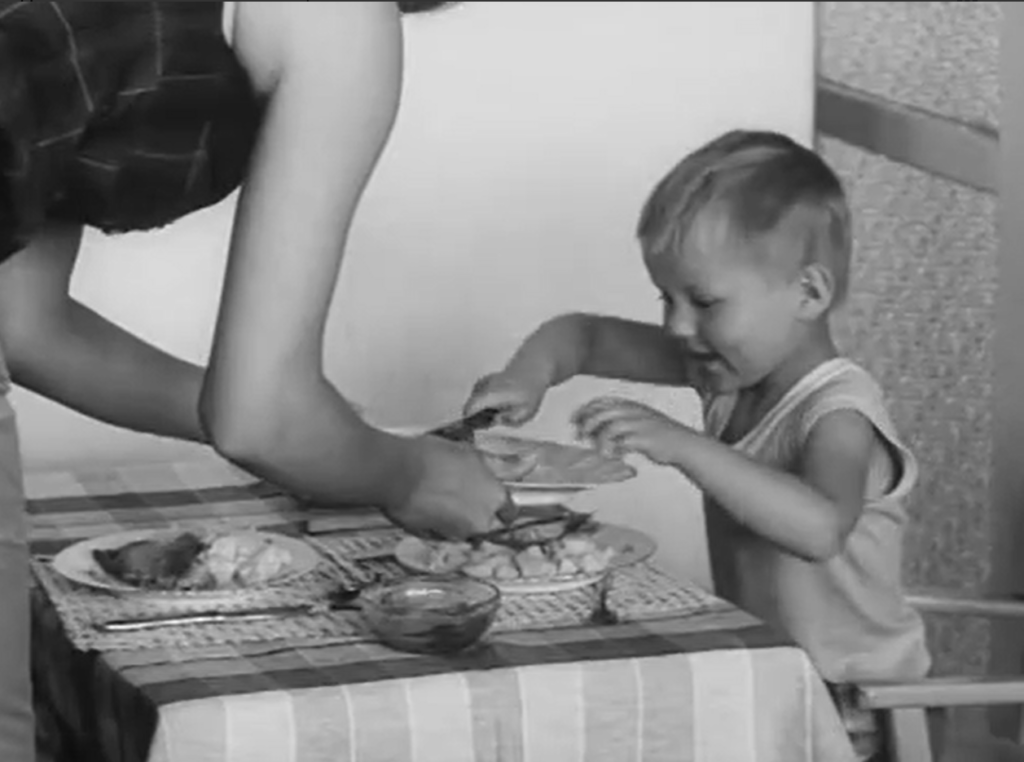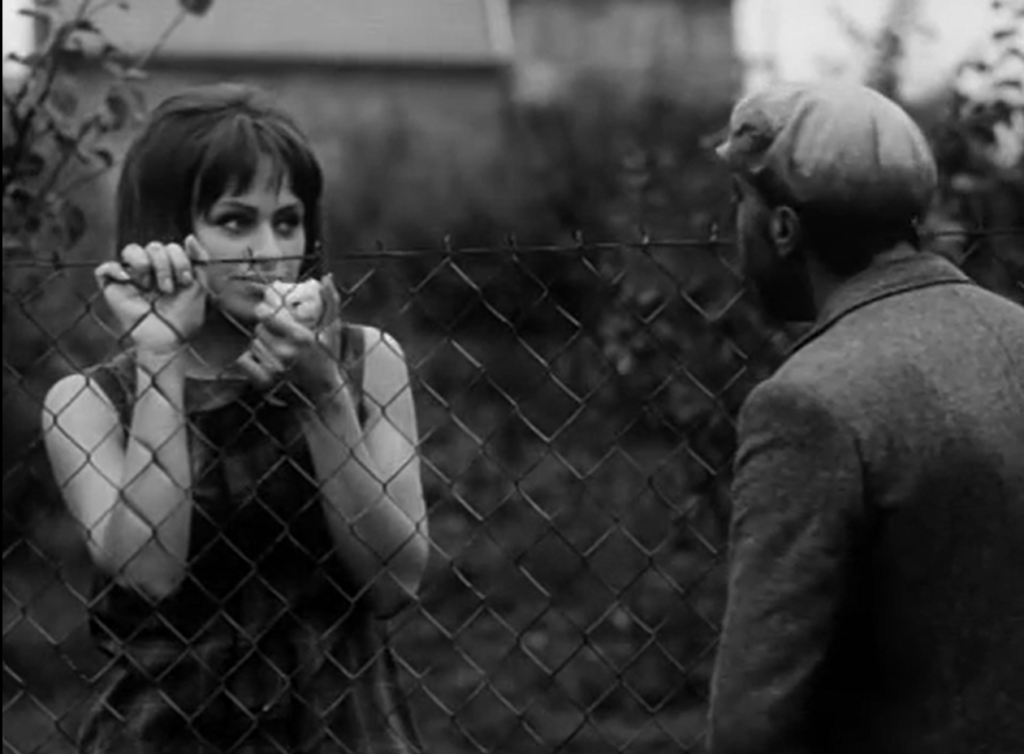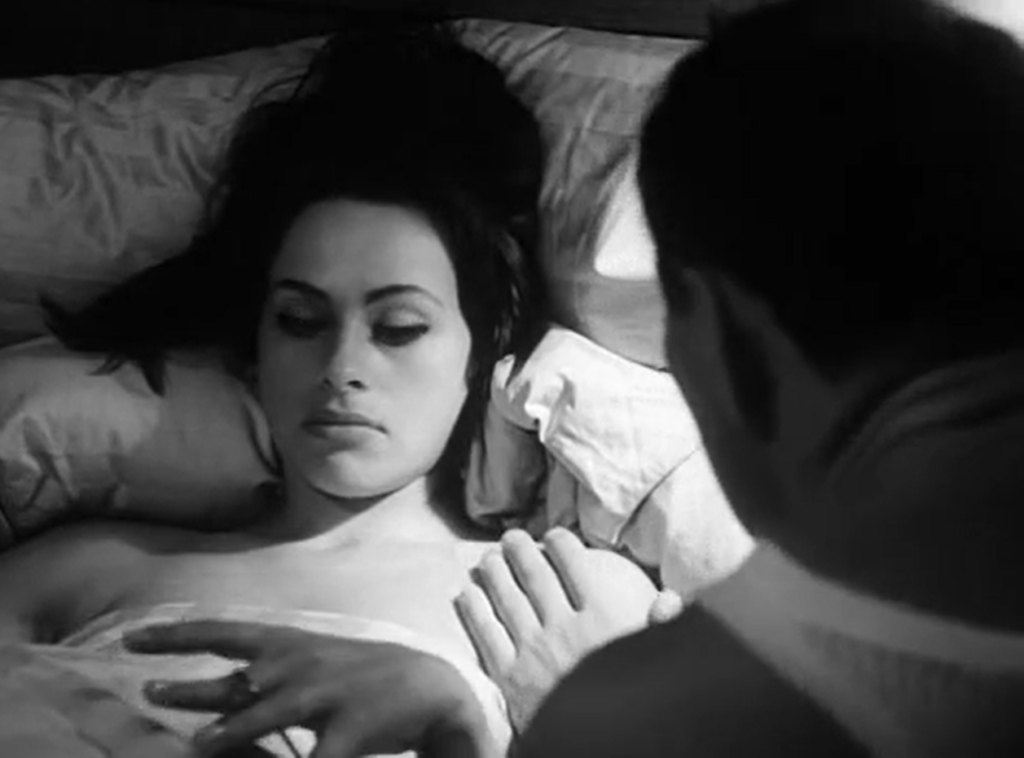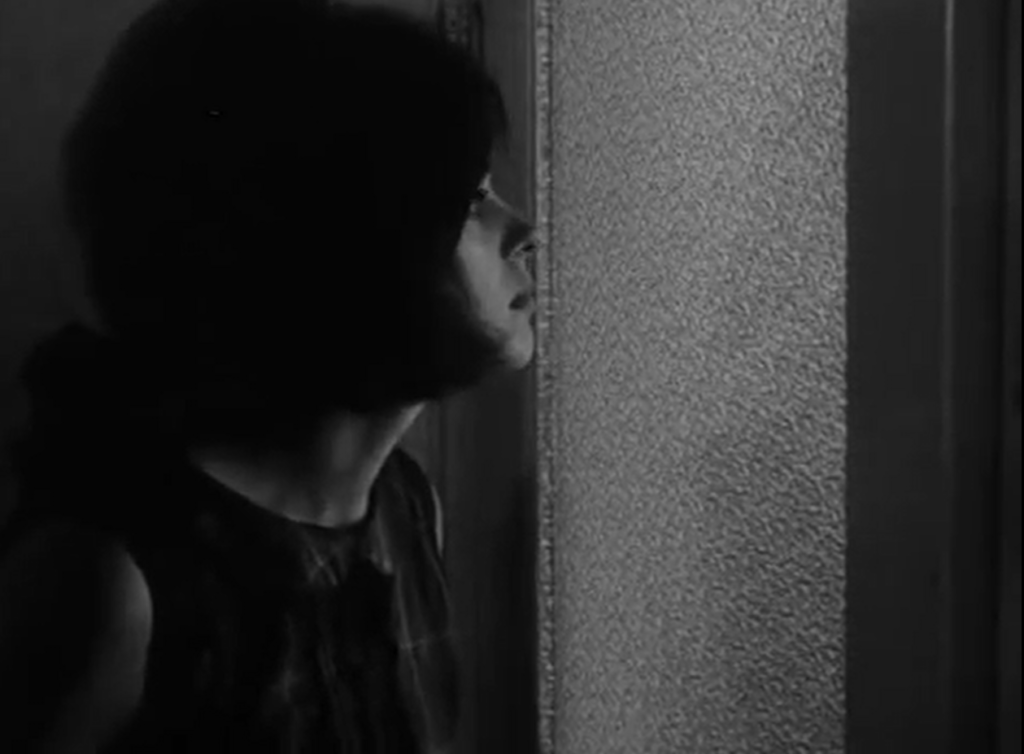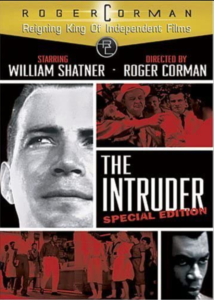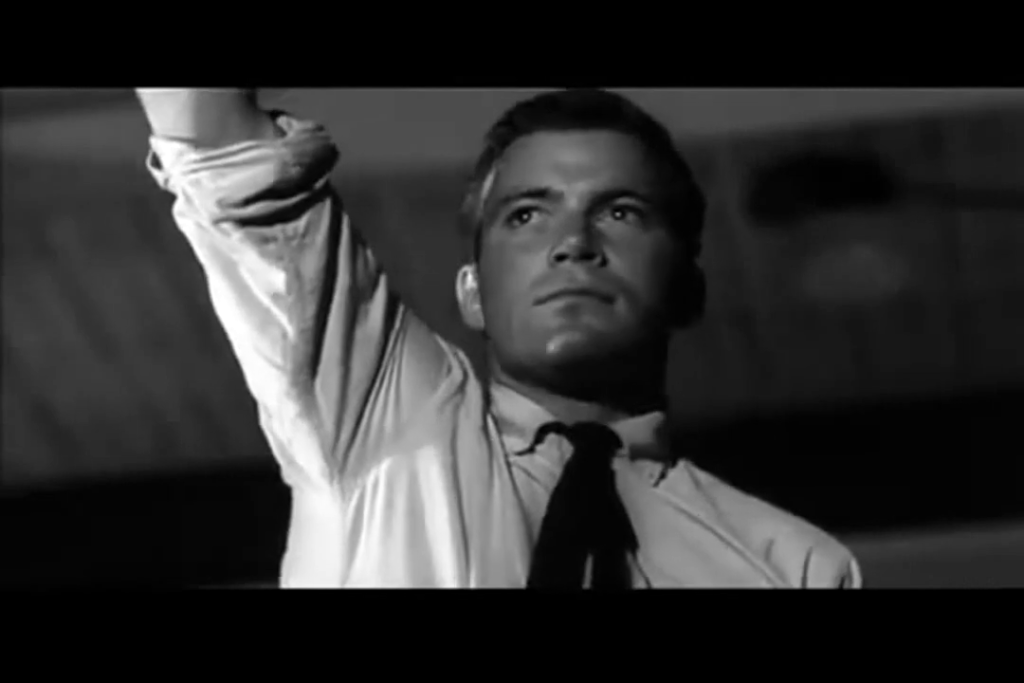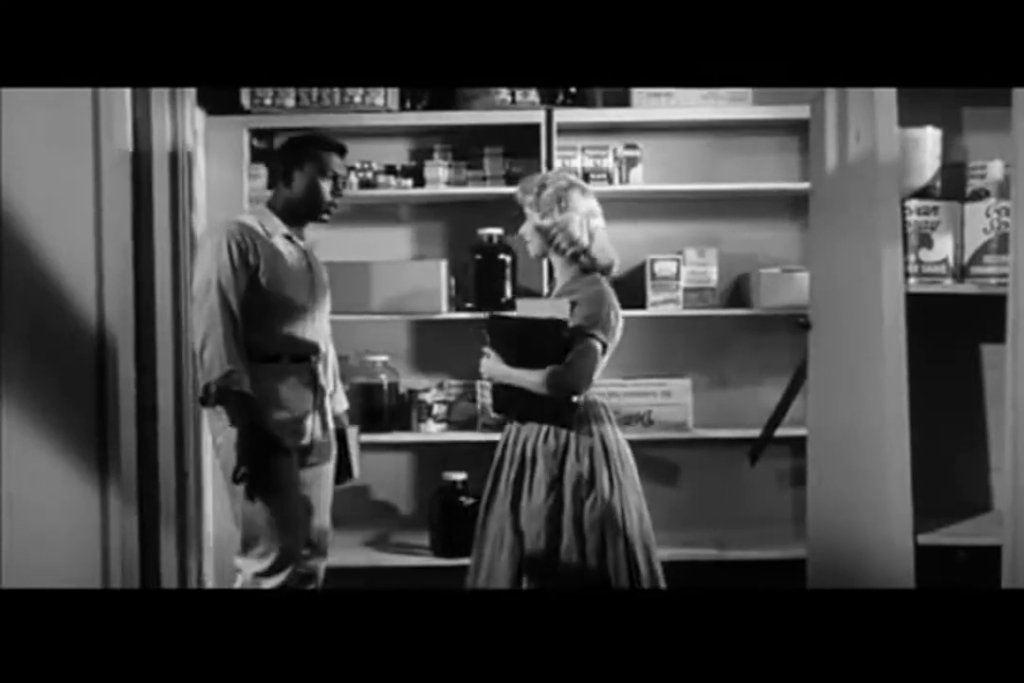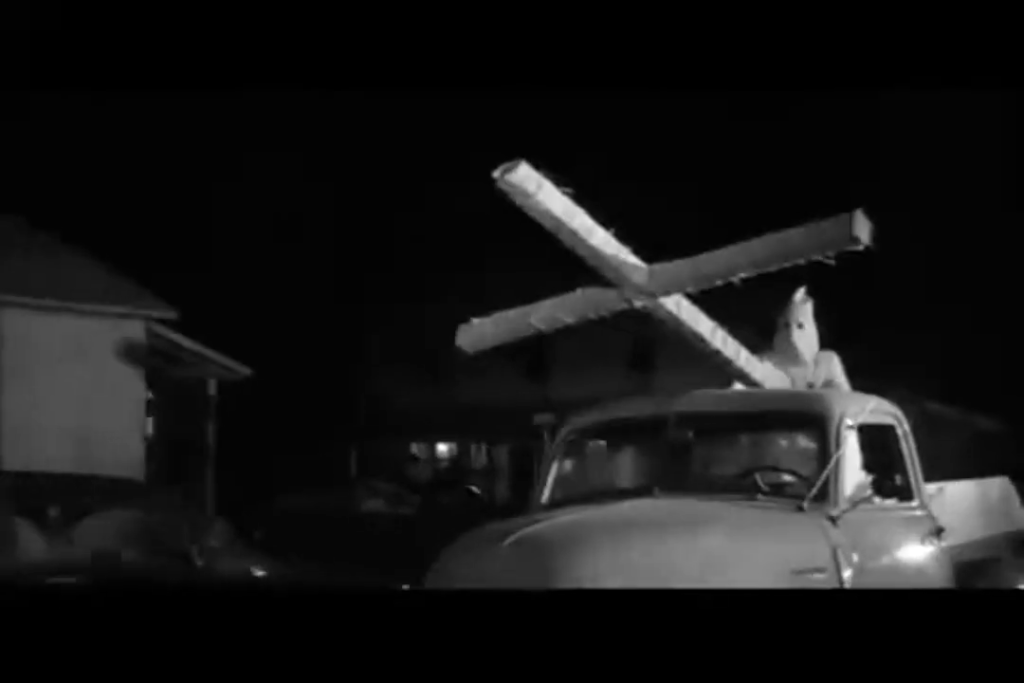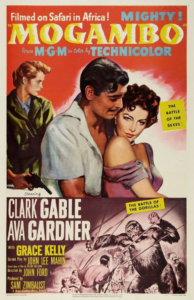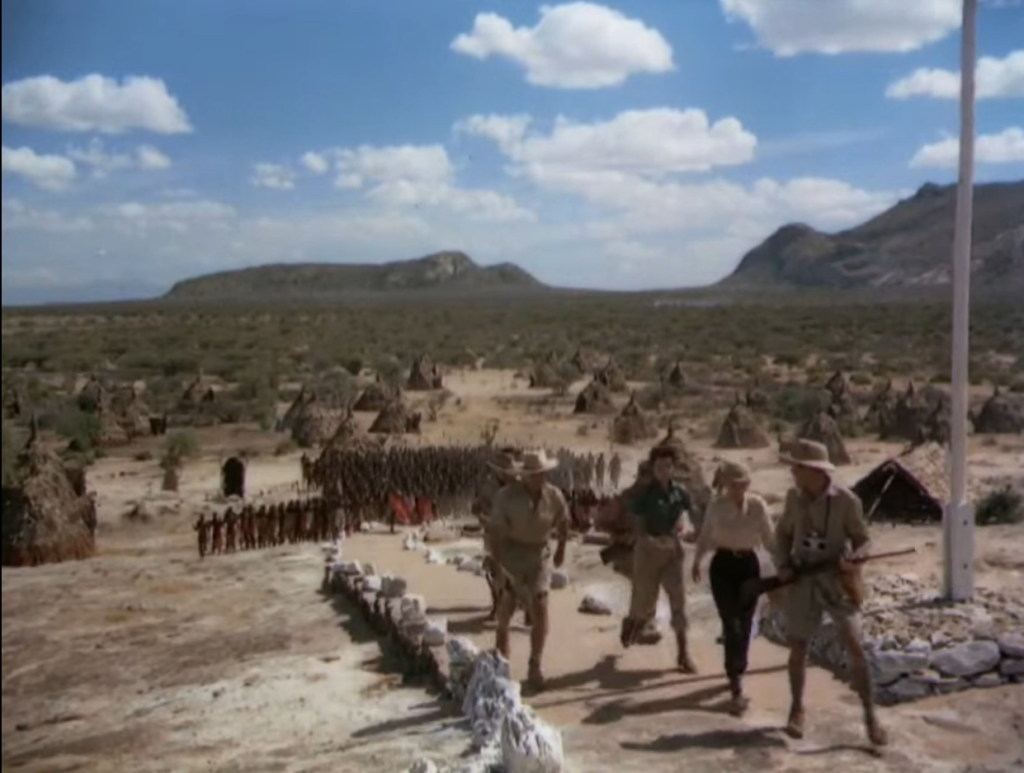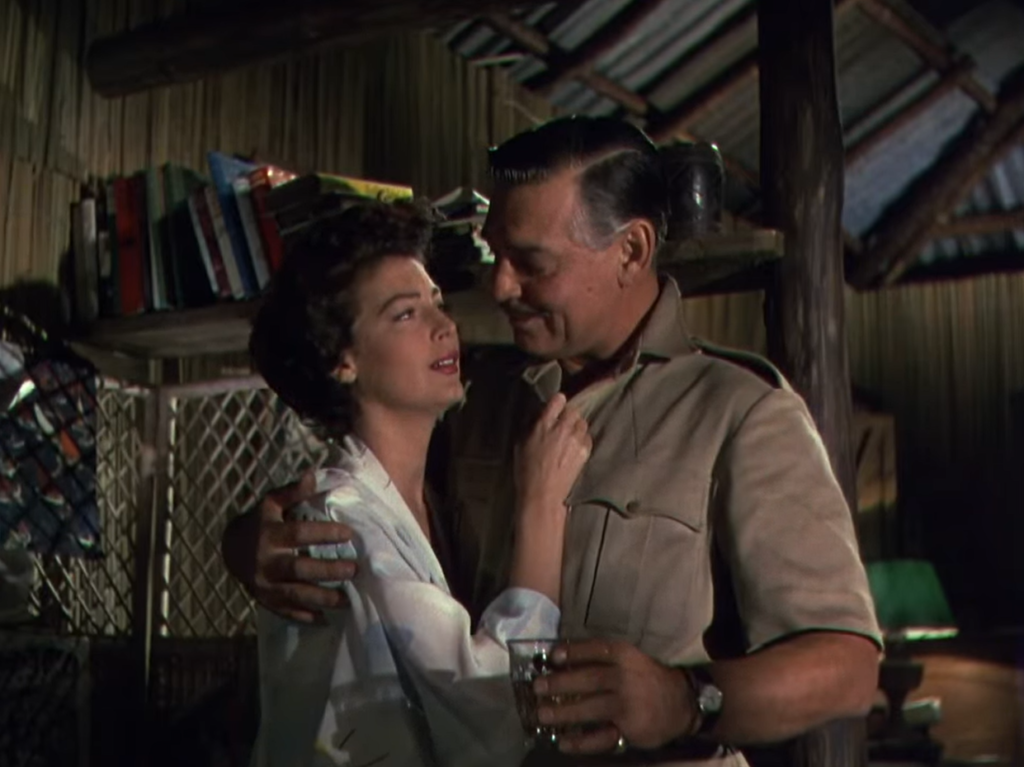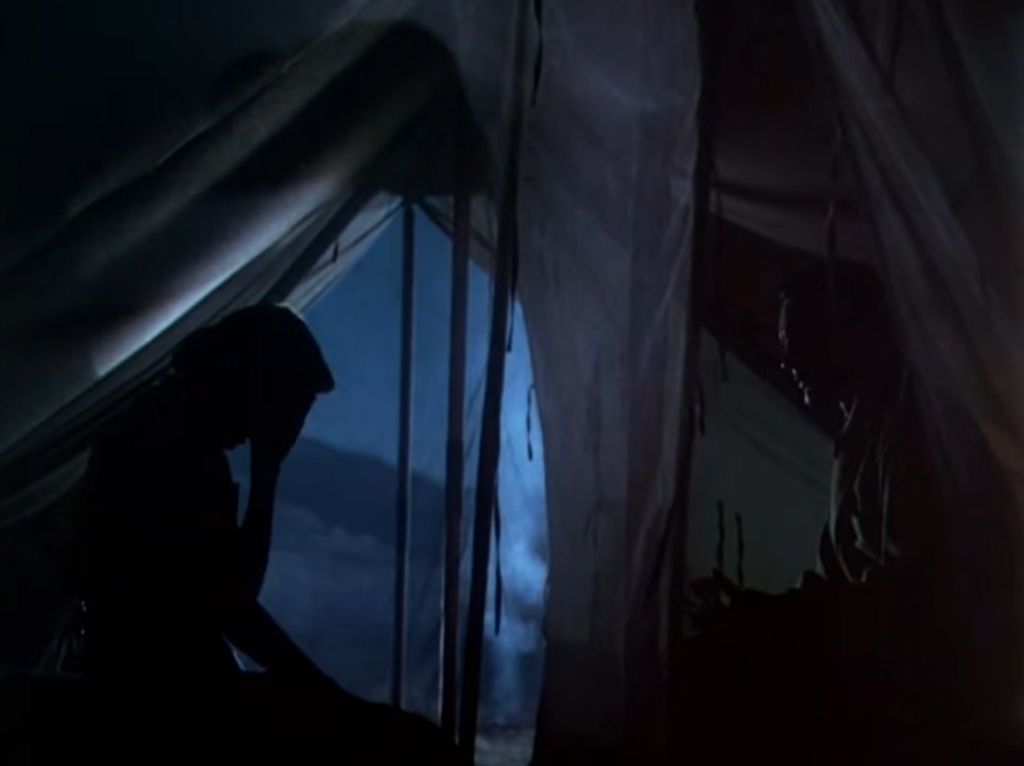Taste of Honey, A (1961)
“We don’t ask for life; we have it thrust upon us.”
|
Synopsis: |
|
Genres, Themes, Actors, and Directors:
Review: We can see from the film’s opening moments what a pickle she’s in, given her mother’s penchant for evading responsibility at every turn. (Bryan is shown below leaving her residence without paying back rent, with Tushingham following.) Indeed, Bryan is truly a sorry lot, seeking escape and a sense of purpose at a local pub where a glass-eyed lout (Stephens) takes a fancy to her: For better or for worse, Stephens can’t stand Tushingham — which is refreshing given that it breaks with expectation (we anticipate he’ll instantly hit on his aging fiancee’s nubile daughter), but also leads to Tushingham being abandoned yet again as her mother chooses Stephens over her. It’s no wonder Tushingham finds solace in the caring arms of Danquah, who she fantasizes is a descendant of African princes: The screenplay doesn’t make much of the inter-racial aspect of their romance other than Tushingham reassuring Danquah that her mother won’t care he’s Black (not quite true). Meanwhile, the second half of the film focuses on another “controversial” topic of the day: homosexuality. Shortly after being introduced to Murray Melvin’s Geoffrey (the pair meet in the shoe shop where Tushingham works): … we learn that he was kicked out of his apartment for being caught having sex with a man. (I immediately thought of another British film from that year, Victim, which addresses the same topic from a more central angle.) Tushingham’s Jo — not the most mature of young women — teases Melvin endlessly about this, wanting to know details of his sex life (“You can stay if you tell me what you do,” she bargains with him. “Go on, Geoffrey. I’ve always wanted to know about people like you.”) Eventually they develop a workable friendship, with Melvin clearly taking solace in the fact that he’s found a purpose in his life: caring for Tushingham. (“Somebody’s got to look after you. You can’t look after yourself, that’s obvious.”) As he tells Tushingham:
Meanwhile, Tushingham continues to struggle with her unwanted pregnancy. (“I don’t want to be a mother! I don’t want to be a woman!” she wails at Melvin when he attempts to give her a “training doll” from a local clinic.) We grow to care for these individuals, and stay invested until the very end (which is distressing, but perhaps realistic). Adding to our engagement is ample use of authentic locales around or near Manchester, nicely filmed by DP Walter Lassaly. This “kitchen sink drama” remains worth a look by film fanatics, as a valuable female-centric entry in the genre. Notable Performances, Qualities, and Moments:
Must See? Categories
Links: |
